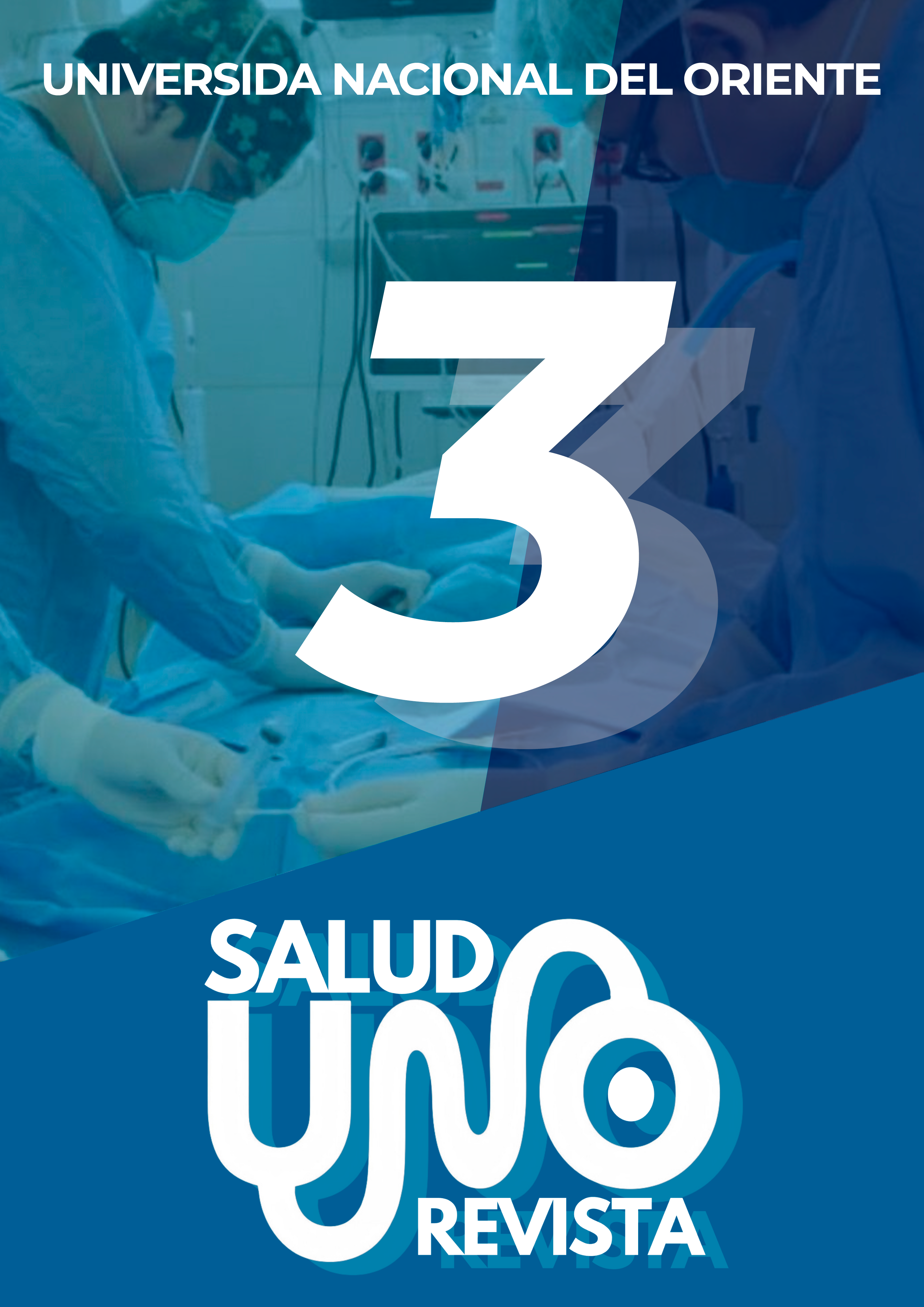PATOLOGIA BENIGNA ECOGRÁFICA EN VESICULA Y VIAS BILIARES
Resumen
Autor: Dr. Jorge Jhonson Santander Chuquimia
El estudio trata de determinar el comportamiento ecográfico de las afecciones que afectan la vesícula y las vías biliares, así como su correlación entre la clínica y el valor de la ecografía para su diagnóstico. Se busca contar con estadística propia acerca de las características clínicas y ecográficas de los pacientes con afecciones de la vesícula biliar, atendidos en el Hospital Obrero N° 3 de la Caja Nacional de Salud, utilizando como principal método diagnóstico la Ecografía. Se realiza el presente trabajo por la motivación que se tuvo en la experiencia en el manejo de pacientes con patología biliar, siendo la ecografía un apoyo en el diagnóstico inicial de dichos pacientes. En el presente estudio se toman en cuenta a todos los pacientes atendidos de forma consecutiva con el diagnóstico de enfermedad vesicular en el Hospital Obrero N° 3 de la Caja Nacional de Salud. Las vías biliares, como los tumores de éstas, segunda afección biliar en importancia, se manifiestan clínicamente sólo cuando obstruyen los conductos biliares. Así, la obstrucción
del conducto cístico por un cálculo biliar distiende la vesícula y causa dolor: lo mismo ocurre si el cálculo se impacta de modo agudo en el colédoco. Por otra parte, la obstrucción de los conductos biliares, sea por un cálculo o por crecimiento tumoral, puede ocasionar ictericia, prurito, infección (colangitis) o cirrosis biliar. En este estudio el 66% de los pacientes presentaban dolor en hipocondrio derecho, siendo la sensibilidad y la especificidad de 65,1% y 56,7% respectivamente, lo cual no nos sirve a la hora de realizar un diagnóstico.
ABSTRACT
The study aims to determine the ultrasound behavior of conditions that affect the Gallbladder and bile ducts as well as its correlation between the clinical presentation and the value of ultrasound for diagnosis. We seek to have our own statistics on the clinical and ultrasound characteristics of patients with Gallbladder conditions, treated at the Workers' Hospital No. 3 of the National Health Fund, using Ultrasound as the main diagnostic method. This work was carried out due to the motivation that we had in the experience in the management of patients with biliary pathology, with ultrasound being a support in the initial diagnosis of said patients. In the present study, all patients treated consecutively with a diagnosis of gallbladder disease at the Obrero Hospital No. 3 of the National Health Fund are taken into account. Biliary ducts, like bile duct tumors, the second most important biliary condition, manifest clinically only when they obstruct the bile ducts. Thus, obstruction of the cystic duct by a gallstone distends the gallbladder and causes pain: the same occurs if the stone is acutely impacted in the common bile duct. On the other hand, obstruction of the bile ducts, whether due to a stone or tumor growth, can cause jaundice, pruritus, infection (cholangitis) or biliary cirrhosis. In this study, 66% of the patients presented pain in the right upper quadrant, with the sensitivity and specificity being 65.1% and 56.7% respectively, which is not useful when making a diagnosis.



